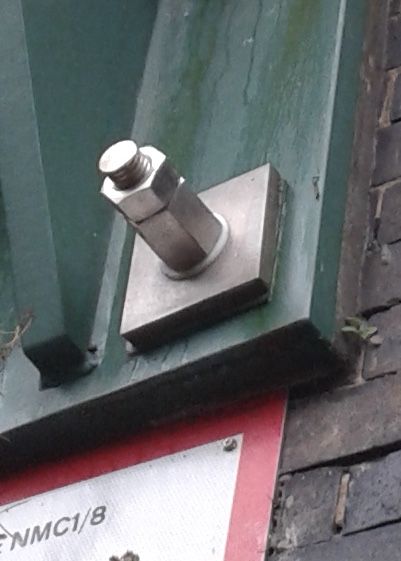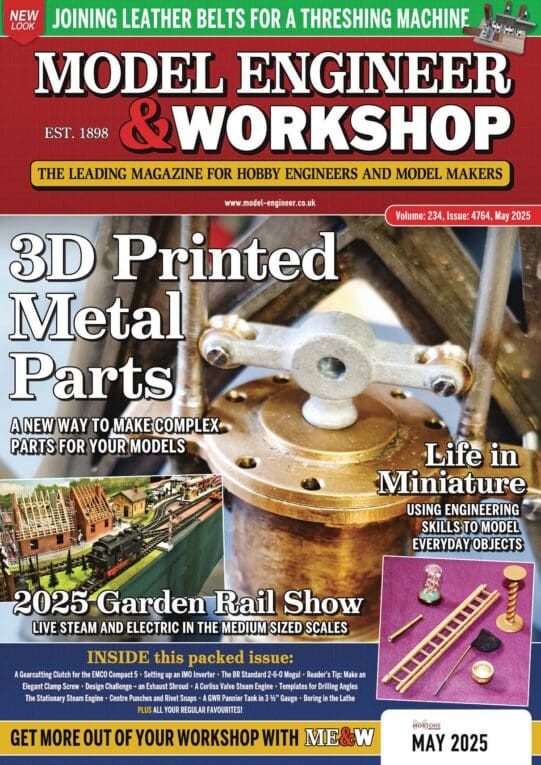I turned to, and cite below, one of my old handbooks written for professional machinery designers and engineering-degree students way back last Century, historically closer to what much model-engineering and model-engineering workshops replicate. Notwithstanding any sophisticated modern developments in aerospace engineering and the like – though very important in their spheres they are not necessarily relevant to our work.
It shows three practices (also assuming a vertical stud pointing upwards, for simplicity):
d = stud diameter. Half-nut depth = 1/2 d. Full nut depth = d.
Italics denote quotes.
A) Half-nut below the full nut.
B) Half-nut above the full nut.
C) Two equal-sized nuts each of reduced depth = 2/3 to 3/4 d.
'
A) is described as the correct practice,
B) is faulty but common for practicality – and only because … spanners are rarely thin enough... !
C) allows practicality especially where there is insufficient clearance for two full nuts as was sometimes used – although that also … offends the eye… we are told. Indeed it does!
'
The rationale, copied verbatim, my using bold for the original's italics:
… a little consideration will satisfy the student that is is the top nut which takes practically the whole load, so of course the thick nut should be there as the true lock nut…
So you must decide for yourself for your own project, really, since as like as not the trade-built prototype may have been "wrong" too – or more likely we see preserved examples re-assembled "wrongly" after overhauls – but that's not really an excuse when the fastenings are fully exposed, as on a marine-engine, locomotive or traction-engine.
Make the few thin spanners needed, from gauge-plate? Or mill down some low-cost commercial spanners?
If you making non-model equipment, e.g. workshop equipment or miniature-railway rolling-stock of purely functional form, by all means use alternatives such as insert-nuts.
++++
One of the diagrams also adds a root-diameter extension to the stud, approx. d/3 high, to take a split-plin for added security. The reduced diameter also helps you locate the nut on the stud, especially in a confined space. The extended stud is shown with a somewhat flatter end than the others, and its thread not protruding above the nut.
Useful knowing such proportions in fine-scale replicating.
'
Reference:
Machine Design, Construction and Drawing. Henry J. Spooner, C.E.; pub. Longmans, Green & Co, London, 1913.
It may be 100 years ago but the general theory and practice of bolts, studs and nuts have not changed in that time, save for detailed developments such as plastic-insert nuts and specials for particular trades or very exotic applications.
(When your model-engineering is concerned with replicating very old machinery, or using very old machine-tools, it is worth seeking out these old text-books written for the industry. Although we often make compromises on materials etc. for building methds, function and safety, such books are a valuable repository of contemporary detail practices, component proportions and calculations, etc.)
Edited By Nigel Graham 2 on 19/12/2021 11:44:27
 Nicholas Farr.
Nicholas Farr.




